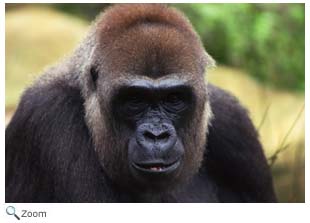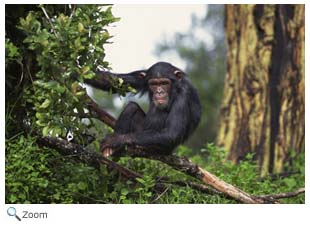Primates - marmosets, monkeys, apes, lemurs, humans Primates have five fingers on their hand and five toes on their feet. Most species have fingernails instead of claws and they have touch-sensitive pads on each of their digits. The hands and feet of all primates, except for humans, are designed for grasping. Humans have hands designed for grasping, but not feet! Humans have opposable thumbs. That means they can cross their thumb over to the opposite side of their hand and can touch their thumb to their fingers. Opposable thumbs make holding and manipulating objects easier! Primates have large brains compared to their body size, and primates are very intelligent. Most primates don't have as good a sense of smell as other mammals because the olfactory region of the brain that controls the sense of smell is smaller compared to other regions of the brain. Most species of primates have very good eyesight and some species can see color. Most species of primate live in social groups and are very vocal. Some species of primates are herbivores , some are insectivores, some are carnivores, and some are omnivores.
|
||||


